How Much Does It Cost to Install a Fire Hydrant?
Installing a fire hydrant typically costs between $3,900 to $9,100, depending on various factors such as location, site conditions, and local regulations. The cost includes materials, labor, excavation, connection to the water main, and any necessary permits. In Florida, additional considerations such as soil type, proximity to the water source, and accessibility can influence the total expense. Professional installation ensures compliance with safety standards and local codes, providing reliable fire protection for residential or commercial properties. Regular maintenance and inspections are also necessary to ensure the hydrant remains functional and effective in emergencies.
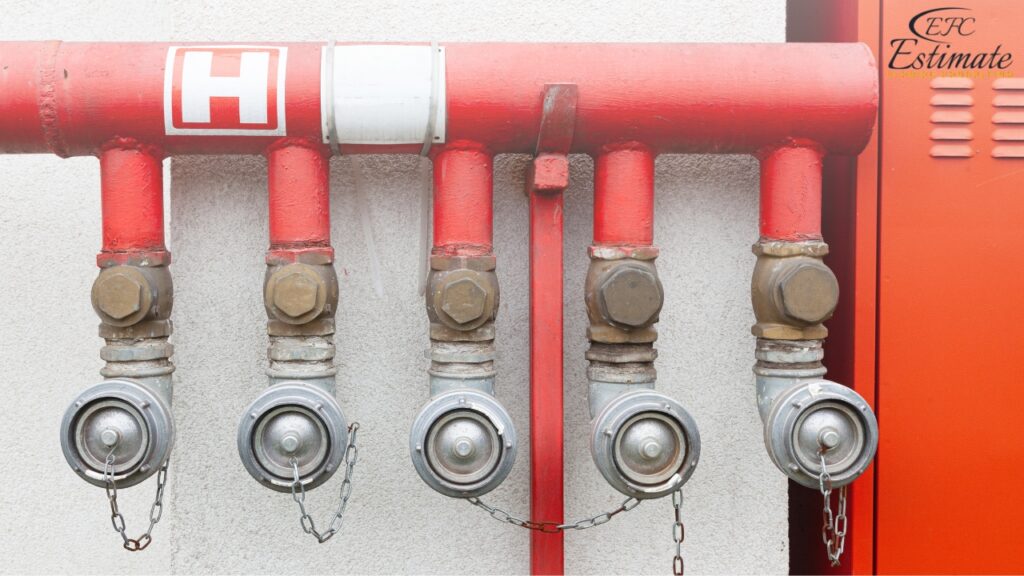
Average Cost Breakdown
The cost of installing a fire hydrant can range from $3,900 to $9,100 or more, depending on several factors. This wide range accounts for the variability in materials, labor, and additional expenses that can arise during the project. Here’s a general cost breakdown to give you a clearer picture of the expenses involved:
Equipment Costs
The equipment required for fire hydrant installation includes the hydrant itself, valves, fittings, and necessary piping. Each of these components plays a critical role in ensuring the system’s functionality and durability. The choice of materials can also affect long-term maintenance and operational efficiency.
Component | Estimated Cost (in dollars) |
Fire Hydrant | $1,300 – $3,250 |
Valves and Fittings | $650 – $1,300 |
Piping and Connections | $650 – $1,300 |
Miscellaneous Materials | $260 – $650 |
The type and quality of the fire hydrant, as well as the necessary valves, fittings, and piping, can significantly influence the overall cost. Higher-quality materials may come at a higher price but offer better durability and reliability. It’s important to choose components that meet the specific needs of the location and anticipated usage to ensure long-term performance. For example, areas with heavy traffic may require more robust hydrants.
Labor Costs
Labor costs can vary depending on the complexity of the installation, the depth of excavation required, and local labor rates. Hiring experienced professionals ensures that the hydrant is installed correctly and complies with local regulations. Skilled labor is crucial for ensuring the system works efficiently and safely, minimizing the risk of future issues.
Labor Task | Estimated Cost (in dollars) |
Excavation and Site Preparation | $650 – $1,950 |
Hydrant Installation | $1,300 – $2,600 |
Piping and Connection Work | $650 – $1,300 |
Testing and Inspection | $260 – $650 |
Labor costs can also be influenced by the need for specialized equipment or techniques, particularly in areas with difficult terrain or existing infrastructure. Ensuring that the installation team is skilled and experienced can prevent future issues and additional costs related to repairs or adjustments. Moreover, proper installation by professionals ensures that the hydrant will be reliable and functional in emergency situations.
Additional Costs
In addition to equipment and labor, there are several other costs to consider, including permits, traffic control measures, and site restoration. These costs can add up and should be included in the overall budget. Proper planning for these additional expenses can help avoid delays and ensure the project stays on track.
Additional Costs | Estimated Cost (in dollars) |
Permits and Fees | $130 – $650 |
Traffic Control and Safety Measures | $260 – $650 |
Landscaping and Restoration | $260 – $650 |
Obtaining permits is essential to ensure the installation meets local codes and regulations. Traffic control is necessary if the installation site is near roadways, ensuring safety for workers and the public. After installation, restoring the site, including landscaping, is crucial to maintaining the area’s aesthetics and functionality. Ensuring that these additional steps are properly budgeted and planned for can help mitigate any unforeseen issues that might arise during the installation process.1
Factors Affecting the Cost of Installing a Fire Hydrant
Type and Quality of Hydrant
The type and quality of the fire hydrant can significantly affect the cost. Higher-quality hydrants made from durable materials tend to be more expensive but offer better performance and longevity. Additionally, some hydrants are designed for specific conditions, such as high-pressure systems or extreme weather, which can influence the cost. Investing in a high-quality hydrant can save money in the long term by reducing maintenance and replacement costs. It’s also important to consider the frequency of use and the environmental conditions the hydrant will face.
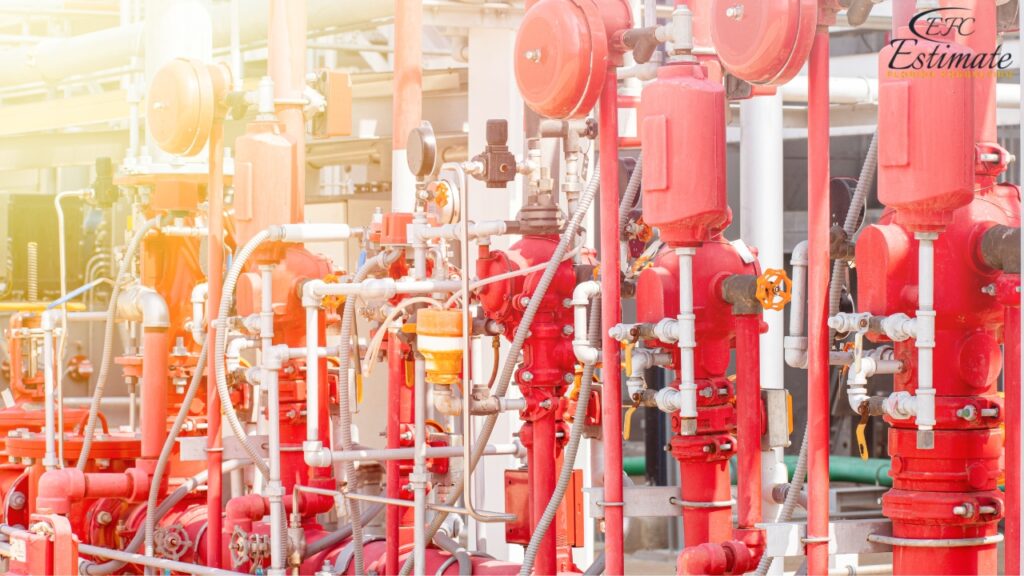
Location and Site Conditions
The location and site conditions where the hydrant will be installed play a crucial role in determining the cost. Factors such as soil type, the presence of existing underground utilities, and accessibility can impact the complexity of the installation and, consequently, the cost. For instance, rocky or hard soil may require more extensive excavation work, increasing labor costs. Similarly, areas with many underground utilities require careful planning and coordination to avoid disruptions or damage. Proper site evaluation before beginning the installation can help anticipate these challenges and plan accordingly.
Depth of Installation
The depth at which the fire hydrant needs to be installed can also affect the cost. Deeper installations require more excavation work and additional piping, which can increase both material and labor costs. Ensuring the hydrant is installed at the correct depth is crucial for proper operation and compliance with local regulations. Deeper installations may also require additional safety measures during excavation to prevent accidents and ensure structural stability. Proper depth is critical to ensure that the hydrant functions correctly under various pressure conditions and is accessible during emergencies.
Permits and Regulations
Obtaining the necessary permits and ensuring compliance with local regulations can add to the overall cost. Different municipalities have varying requirements and fees for fire hydrant installation, and it’s important to factor these into your budget. Working with local authorities to understand the permitting process and associated costs can help avoid unexpected expenses. Compliance with regulations not only ensures legal operation but also enhances safety and reliability. Understanding the local regulatory environment is essential for a smooth installation process.
Traffic Control and Safety Measures
If the fire hydrant installation site is located in a busy area, additional costs for traffic control and safety measures may be required. This includes signage, barriers, and possibly hiring personnel to direct traffic during the installation process. Ensuring safety for both workers and the public is essential and can add to the overall project cost. Effective traffic control measures minimize the risk of accidents and ensure that the installation process is conducted smoothly and safely. Proper planning and coordination with local authorities can help manage these additional costs effectively.
90% More Chances to Win Projects With Our Estimate!
- Multi-Family Building
- Hotel Building
- Hospital Building
- Warehouse Building
- School & University Building
- High-Rise Building
- Shopping Complex
- Data Center Building
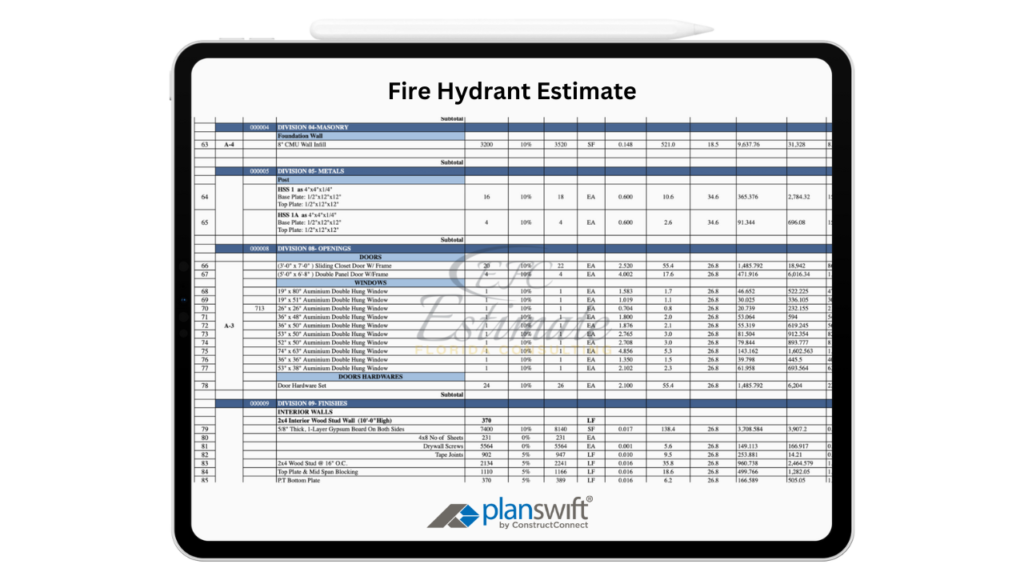
Landscaping and Restoration
After the hydrant is installed, the site may need to be restored to its original condition. This can include landscaping work such as replanting grass, trees, or shrubs, and repairing any damage to sidewalks or driveways. Including these restoration costs in your budget ensures a complete and professional finish to the project. Proper restoration maintains the aesthetic appeal of the area and ensures that the installation does not negatively impact the surrounding environment. Ensuring that the restoration work is done correctly can also help prevent future maintenance issues.
Tips for Managing Fire Hydrant Installation Costs
Plan Ahead
Planning ahead can help manage costs effectively. By understanding the various components and factors that influence the cost, you can create a comprehensive budget and avoid unexpected expenses. Working with experienced professionals and consulting with local authorities early in the planning process can help ensure a smooth installation. Detailed planning includes site surveys, identifying potential challenges, and scheduling the work to minimize disruptions. A well-thought-out plan helps anticipate potential issues and allows for adjustments to be made proactively.
Get Multiple Quotes
Obtaining multiple quotes from different contractors can help you compare prices and services. This can ensure you get the best value for your money and identify any discrepancies in pricing. Ensure that each quote includes a detailed breakdown of equipment, labor, and additional costs to make an informed decision. Comparing quotes also allows you to evaluate the contractors’ experience, reputation, and reliability, ensuring you select the best team for the job. Thoroughly vetting potential contractors can prevent costly mistakes and ensure high-quality work.
Choose Quality Materials
Investing in high-quality materials can save money in the long run by reducing maintenance and replacement costs. High-quality hydrants and fittings are more durable and reliable, ensuring better performance over time. While the initial cost may be higher, the long-term benefits of durability and reliability are worth the investment. Choosing quality materials also reduces the risk of malfunctions or failures, which can be costly to repair and pose safety hazards. Ensuring the materials meet or exceed industry standards is essential for reliability and safety.
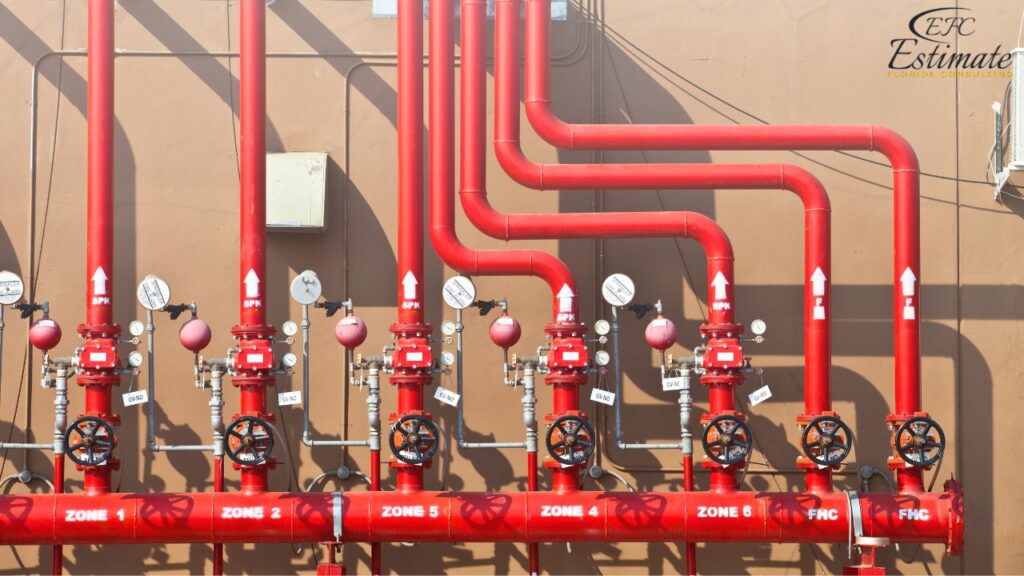
Budget for Contingencies
Including a contingency budget of 10-20% of the total project cost can help cover unexpected expenses. This ensures that you are prepared for any unforeseen issues that may arise during the installation process, such as discovering existing underground utilities that need to be relocated. A contingency budget provides financial flexibility, allowing the project to proceed smoothly even when unexpected challenges occur. Properly accounting for potential additional costs helps avoid financial strain and project delays.
Ensure Compliance with Regulations
Ensuring compliance with local regulations and obtaining the necessary permits can help avoid fines and delays. Working with local authorities and experienced contractors who are familiar with local requirements can streamline the process and prevent costly mistakes. Compliance with regulations also ensures that the installation meets safety standards and performs reliably during emergencies. Regularly consulting with regulatory bodies throughout the project can help ensure that all legal requirements are met.
Schedule Installation During Off-Peak Times
Scheduling the installation during off-peak times can reduce costs associated with traffic control and minimize disruption. Coordinating with local authorities and contractors to find the best time for installation can help manage costs and ensure a smoother process. Off-peak scheduling minimizes the impact on daily activities and reduces the likelihood of traffic-related delays. Proper timing can significantly reduce overall project costs and improve efficiency.
Download Template For Fire Hydrant Project Breakdown
- Materials list updated to the zip code
- Fast delivery
- Data base of general contractors and sub-contractors
- Local estimators
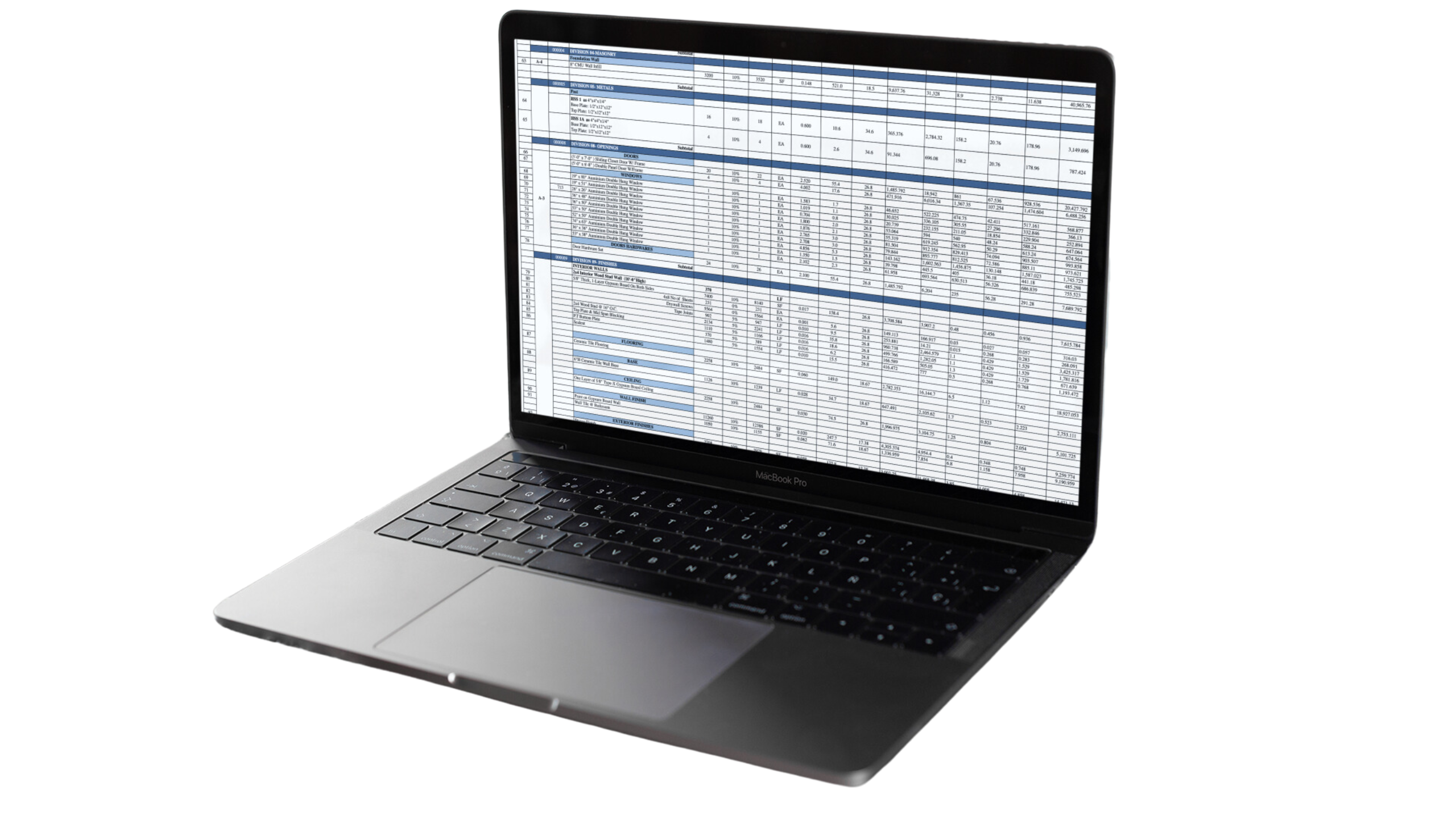
Conclusion
Installing a fire hydrant is a crucial investment in public safety and fire protection. By understanding the various costs involved and the factors that influence these costs, you can make informed decisions and effectively manage your budget. Investing in high-quality materials, working with experienced professionals, and planning for contingencies can ensure a successful and cost-effective installation. Whether you’re a property owner or a municipal planner, ensuring the proper installation of fire hydrants is essential for protecting lives and property from fire hazards. With careful planning and budgeting, you can ensure that your fire hydrant installation project is completed efficiently and effectively. Proper installation not only enhances safety but also adds value to the property by ensuring compliance with fire protection standards and regulations. Effective management of the installation process helps ensure that the hydrants will function correctly when needed and that the project is completed on time and within budget.
FAQs
Installing a fire hydrant typically costs between $3,900 to $9,100. This includes materials, labor, excavation, connection to the water main, and necessary permits.
Factors influencing the cost include location, site conditions, soil type, proximity to the water source, accessibility, and local regulations.
The cost of equipment includes:
- Fire Hydrant: $1,300 – $3,250
- Valves and Fittings: $650 – $1,300
- Piping and Connections: $650 – $1,300
- Miscellaneous Materials: $260 – $650
Labor costs depend on the complexity of the installation and local rates:
- Excavation and Site Preparation: $650 – $1,950
- Hydrant Installation: $1,300 – $2,600
- Piping and Connection Work: $650 – $1,300
- Testing and Inspection: $260 – $650
Higher-quality hydrants are more expensive but offer better durability and performance. Investing in a high-quality hydrant can save on long-term maintenance and replacement costs.
Difficult terrain, existing underground utilities, and site accessibility can increase the complexity and cost of installation. Proper site evaluation helps anticipate these challenges.
Deeper installations require more excavation and additional piping, increasing costs. Proper depth ensures compliance with local regulations and optimal hydrant operation.
Permits and compliance with local regulations add to the overall cost. Different municipalities have varying requirements and fees that need to be factored into the budget.
If the installation site is in a busy area, additional costs for traffic control and safety measures are required to ensure the safety of workers and the public.
Restoring the site to its original condition, including landscaping, is essential for aesthetics and functionality, adding to the total project cost.
Google Reviews

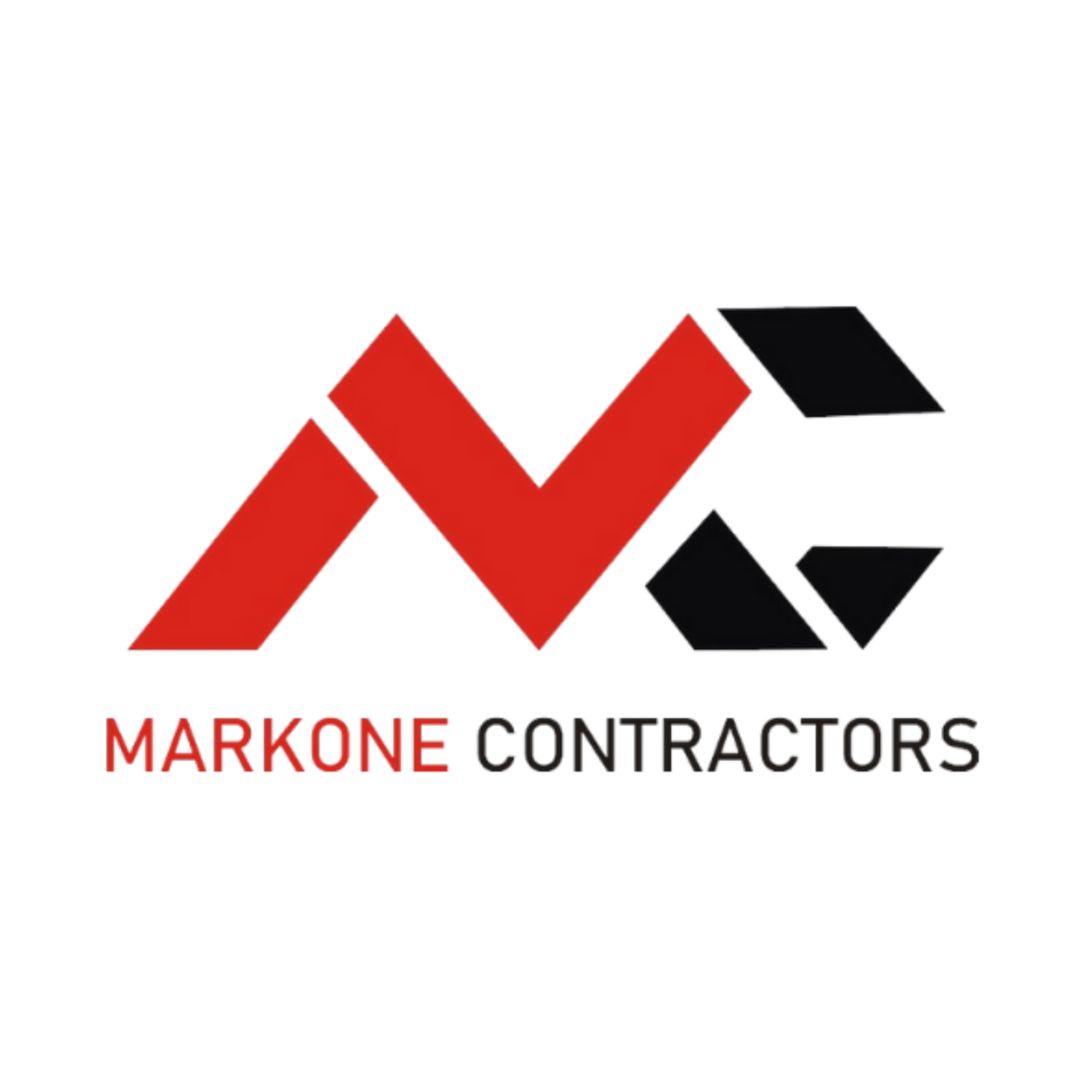

Process To Get The Cost to Install a Fire Hydrant Estimate Report
Here I am going to share some steps to get the cost to install a fire hydrant estimate report.
-
You need to send your plan to us.
You can send us your plan on info@estimatorflorida.com
-
You receive a quote for your project.
Before starting your project, we send you a quote for your service. That quote will have detailed information about your project. Here you will get information about the size, difficulty, complexity and bid date when determining pricing.
-
Get Estimate Report
Our team will takeoff and estimate your project. When we deliver you’ll receive a PDF and an Excel file of your estimate. We can also offer construction lead generation services for the jobs you’d like to pursue further.

